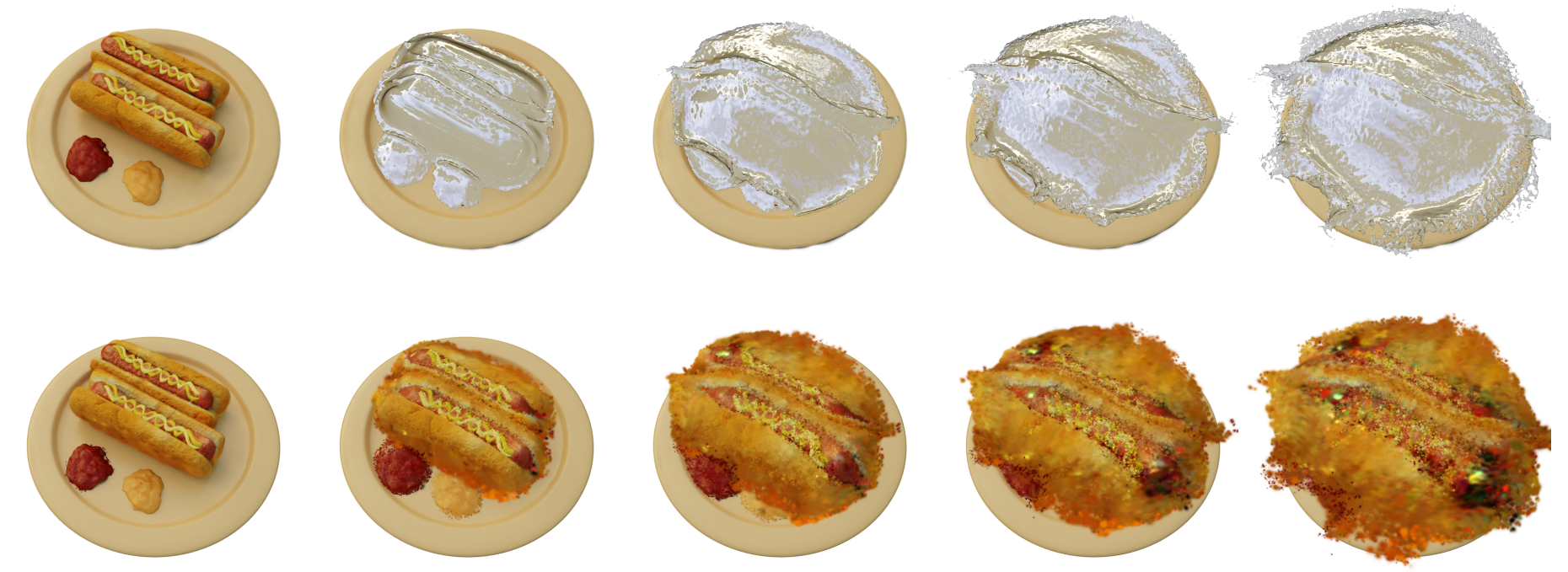Shadow Mapping
We demonstrate that GSP, with the addition of nearly soft shadows, significantly improves visual realism compared to vanilla 3DGS. Without these shadows, objects appear like flat layers pasted onto the background, lacking a sense of depth.


